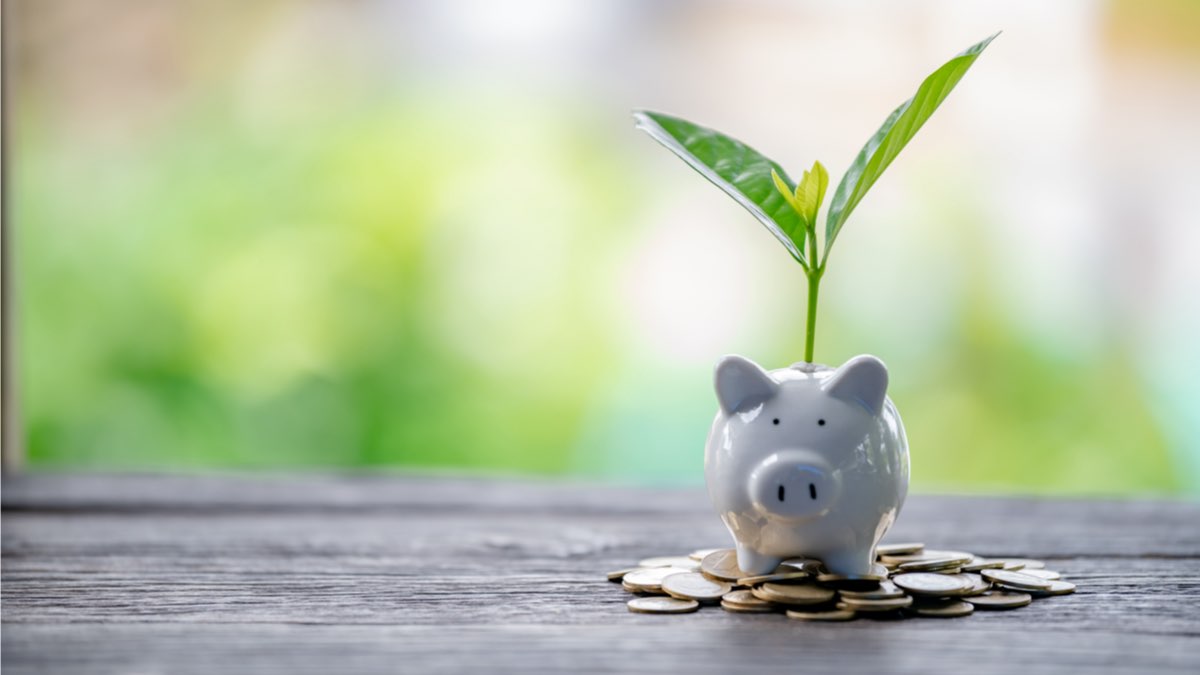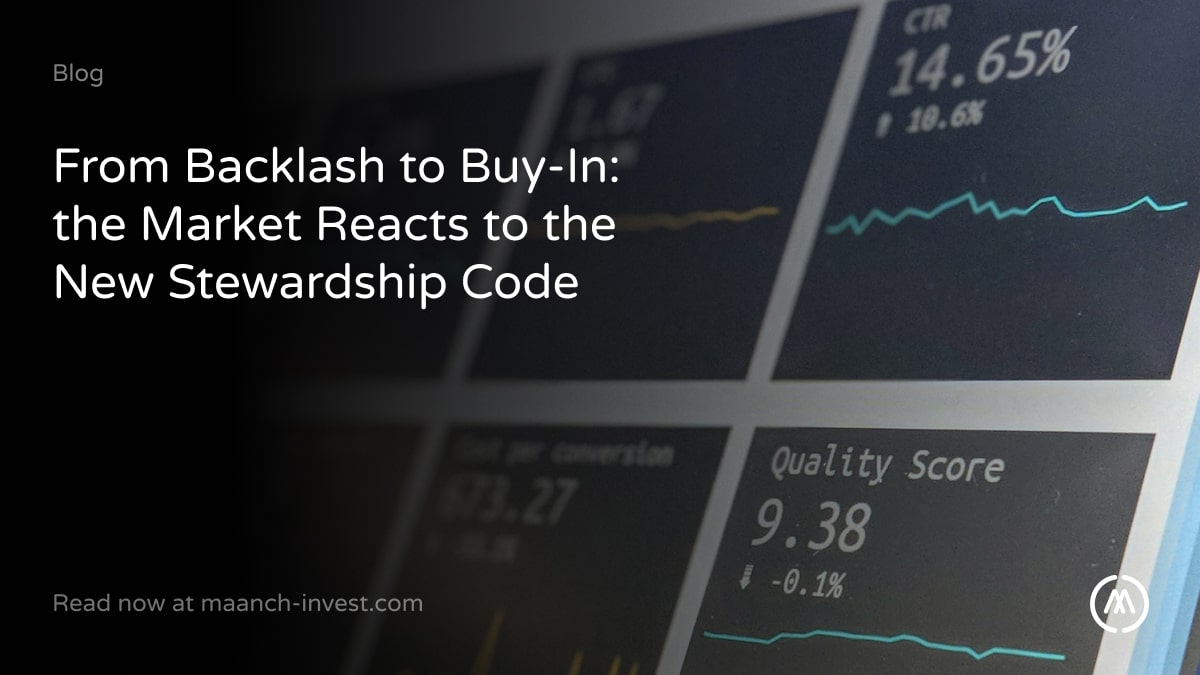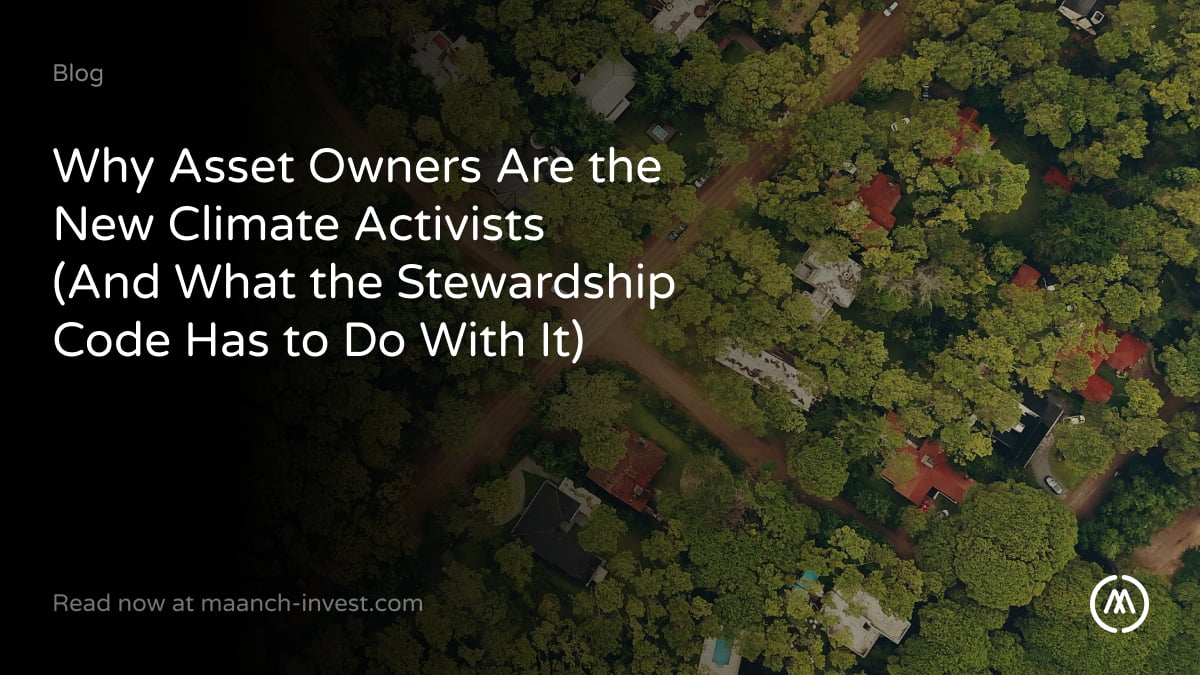Sianne Haldane, our Chief Impact Officer, recently delivered a short presentation at the UN Global Compact Global Goals working group to talk about some of the challenges around embedding Impact KPIs across a business. She discussed the great opportunity to drive these with sustainable finance instruments, which in turn can help us achieve the UN SDGs.
Sustainability Linked Loans
Briefly, Sustainability Linked Loans (SLLs) are any type of loan instruments and/ or contingent facilities which incentivise the borrower’s achievement of ambitious, predetermined sustainability performance objectives. The borrower’s sustainability performance is measured using predefined sustainability performance targets (SPTs) as measured by predefined key performance indicators (KPIs). Most SLLs are linked to more than one SPT – sometimes as many as five.
For those who are grappling with sustainability strategies, and are experiencing the challenges of truly embedding KPIs that are meaningful and material, aligning your performance to debt may well be just the driver that you need to effect this change.
Approaches and supporting frameworks
The sustainable loan market is relatively young. Here are currently two types of approaches used for structuring sustainable loans:
- Green loans, which have to be used to finance predefined green assets and projects
- Sustainability-linked loans, which allow the proceeds to be allocated to general purposes but give the borrower an incentive to fulfil pre-defined sustainability targets.
The use of proceeds in relation to a sustainability linked loan is not a determinant in its categorisation and, in most instances, sustainability linked loans will be used for general corporate purposes. Instead of determining specific uses of proceeds, sustainability linked loans look to improve the borrower’s sustainability profile by aligning loan terms to the borrower’s performance against the relevant predetermined SPTs.
The flexibility of this type of instrument, along with the benefits of improving a company’s overall ESG performance, makes it an attractive option for borrowers across many sectors, including those that may not be considered “green”.
There are some frameworks which support SLLs – including the Sustainability Linked Loan Principles (SLLP), published by the Loan Market Association, the Asia Pacific Loan Market Association and the Loan Syndications and Trading Association in March 2019. These provide a standard set of best practices for issuance of sustainability-linked instruments and promote increased transparency, requiring a post-issuance verification of an issuer’s performance against its targets be made publicly available.
Other wider developments across the sustainable finance space, such as the implementation of the EU Green Taxonomy, The European Disclosure Framework and the European Commission’s Green Deal regulation will further fuel the trend for transparency.
It is important to note that the sustainability targets are key to driving behaviours and it is here the industry bodies have encouraged ambition and cite a need for the targets to represent a material improvement in the KPIs and go beyond a business-as-usual trajectory.
So we can see how providing flexible finance and linking the terms to sustainability targets (which align to the UN SDGs) can really help both corporates and lenders in driving the 2030 Agenda.
Benefits
In recent years, forward-looking lenders have put sustainability at the core of their allocation strategies, resulting in a growing demand for sustainable finance products and the market for sustainability linked loans is growing rapidly, with Europe leading the way and familiar names providing loans such as Virgin Money, BNP Paribas, HSBC and ING among others.
Sustainability Linked Loans are potentially a game changer. In the UK alone, the Government estimates that some £70Bn needs to flow into Green investments every year to reach carbon neutrality by 2050. The wider potential reach of sustainability linked loans compared with financing green projects is important because some of the biggest contributions to greenhouse gas emissions are not directly related to the energy sector, which is often most associated with global warming. In the UK for example the built environment is responsible for an estimated 40 per cent of all greenhouse gas emissions, while transport accounts for around a third of all C02 emissions.
How Maanch can help
At Maanch we have worked with our clients in helping them to negotiate and set material KPIs with their lender to secure sustainable finance and we also provide the necessary third party assurance, which is a requirement of lenders.
If you are thinking about how your business can commit itself to sustainability through this avenue and want to understand more about how we can support you, get in touch with us.
Blog by Maanch team member Sianne Haldane with research support by Parthivi Bansal.




